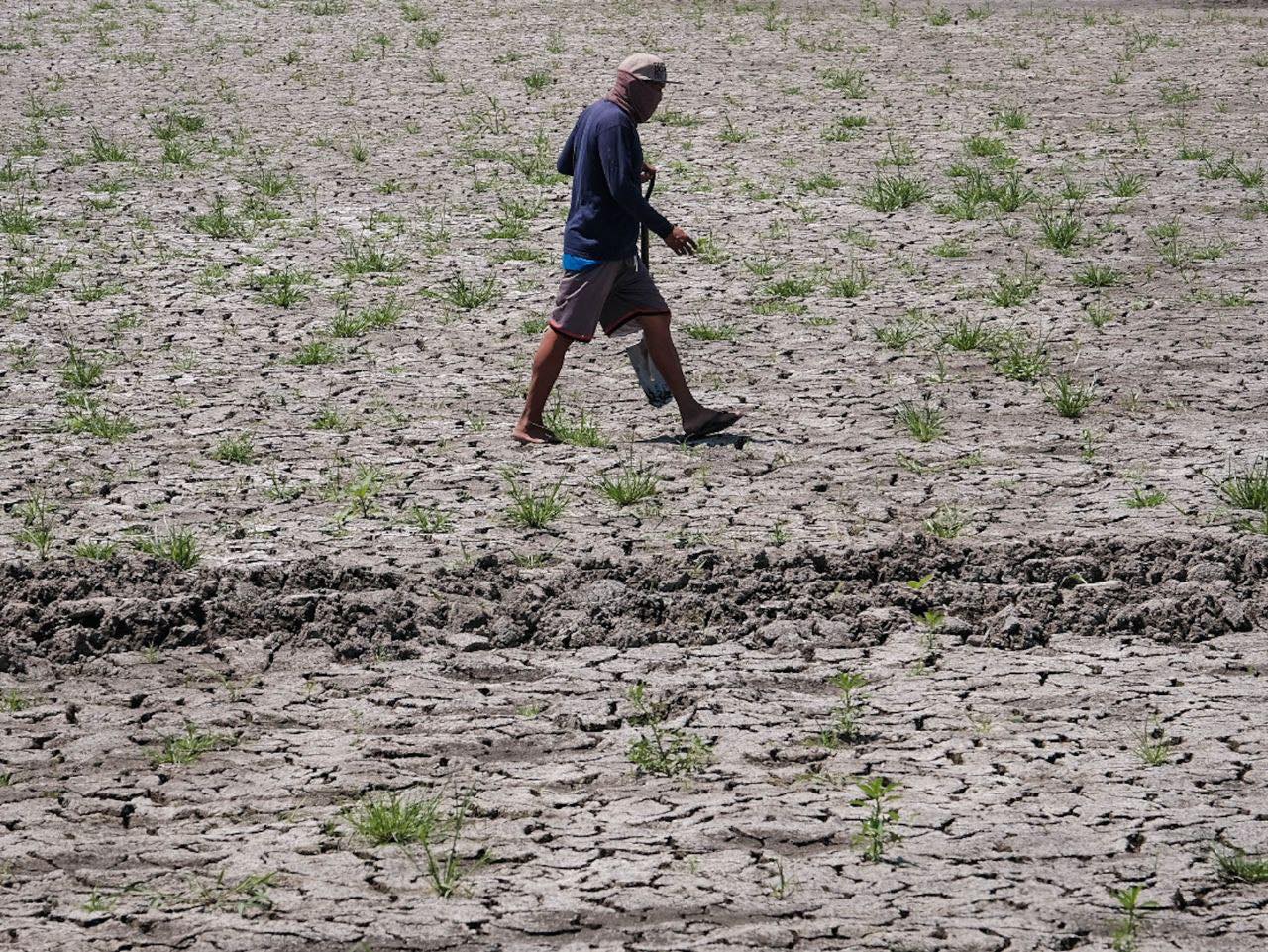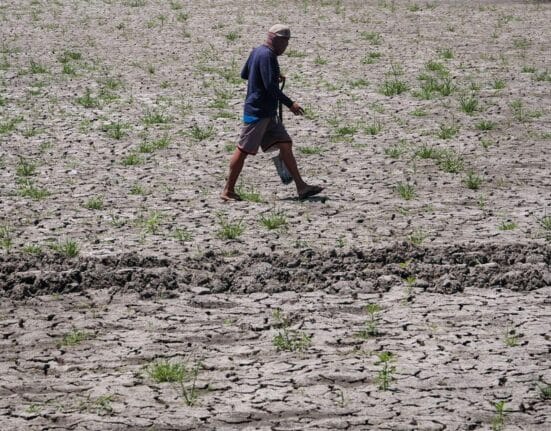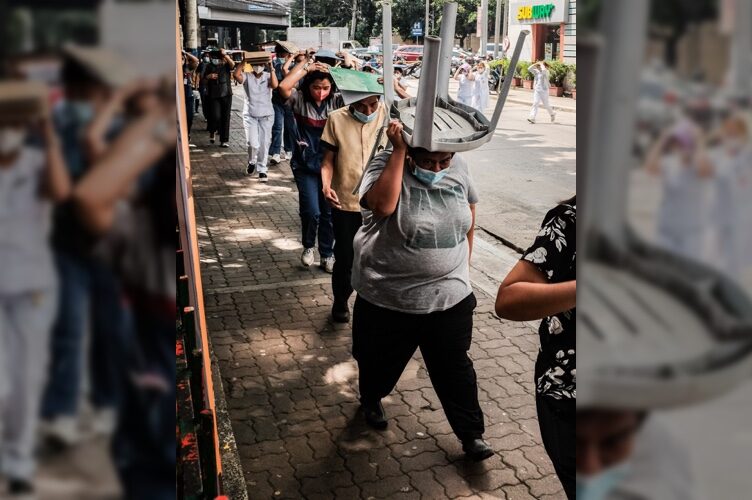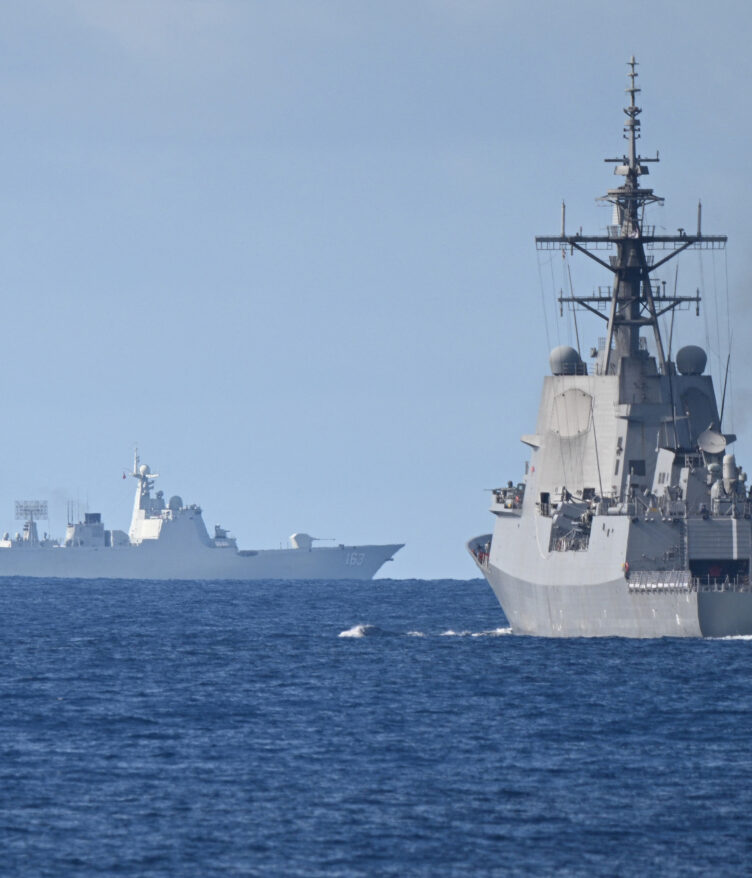THE Philippines has so far endured fewer storms in 2023 than in any of the past 25 years and now faces potentially the worst drought in decades, officials said Tuesday.
The tropical archipelago nation — which is ranked among the most vulnerable countries to the impacts of climate change — is usually affected by around 20 major storms a year.
So far this year, only 10 have made landfall or come close, the lowest number since 1998 when 11 were recorded, said Ana Solis, chief climatologist at the state weather forecaster.
With less than three weeks of the year left, “it looks like the record will be beaten,” Solis told AFP, adding that climate change was “probably” a factor.
The Philippines began keeping weather records in 1948, Solis said.
As a consequence of the weather phenomenon known as El Niño, the Philippines was also likely to experience “moderate to severe drought conditions” from February to May 2024, the government’s Science and Technology Department Secretary Renato Solidum told reporters.
That would be comparable to the drought during the 1997-1998 El Nino, which was the country’s worst-ever dry spell.
El Niño was already underway, bringing drier conditions to some areas of the country where there had been up to an 80 percent reduction in rainfall, Solidum said.
Solidum said 77 percent of the country’s provinces were expected to be in drought by the end of May.
”Now, the effects of El Niño are currently felt, and they have been experienced in some areas of the country. This is characterized by the reduction of rainfall by up to 80 percent, which led to dry conditions or dry spells. Dry spells are episodes where there is a 21 to 80 percent reduction in rainfall compared to the average normal month’s data. Below normal would also be the number of tropical cyclones in the previous months, and this has contributed to the persistence of dry conditions in some areas,” he said,
He urged government agencies to begin preparing to ensure enough water, food and electricity would be available.
“We need to plan ahead and make it fast,” Solidum said.
Temperatures in the capital Manila could reach up to 38.3 degrees Celsius (100.9 degrees Fahrenheit) in April and May — comparable to 1998 figures, he said.
Northern areas of the main island of Luzon could hit 41C.
Meanwhile, President Ferdinand Marcos Jr. on Tuesday ordered the creation of a coordinating body to consolidate all measures to reduce the impact of El Niño, which is expected to persist until the end of the second quarter of 2024.
The task force will be led by the National Disaster Risk Reduction and Management Council (NDRRMC).
“We’ll have to organize first the task force. This is the time to put every condition together,” Marcos said at a sectoral meeting in Malacañang.
The government has identified five sectors where plans and activities are being laid out to mitigate the effects of El Niño: water, food, power, health, and public safety.
with a report from Carl Santos
How useful was this post?
Click on a star to rate it!
Average rating 0 / 5. Vote count: 0
No votes so far! Be the first to rate this post.
We are sorry that this post was not useful for you!
Let us improve this post!
Tell us how we can improve this post?









